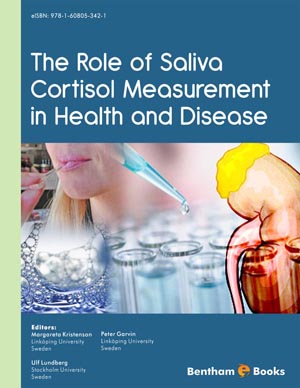Abstract
This chapter evaluates the association between salivary cortisol and socioeconomic variables (level of education, occupational status, income and related composite measures), ethnicity, age and sex. There were many non-significant findings for all variables, indicating that the associations with cortisol levels are relatively small. Regarding the significant results, there were some consistent trends. It is implied that high SES, regardless of how it is measured, is associated with a higher cortisol deviation throughout the day, and a higher capacity to react with increase in cortisol following a laboratory stress test. Regarding ethnicity, results consistently hint at a higher deviation throughout the day amongst Caucasians in comparison to Hispanics and Afro-Americans. Analyses on sex were not fully consistent, possibly due to influences of the menstrual cycle on cortisol levels. In addition, it has been reported that men and women respond differently to different stressors used in laboratory stress tests. For age, the significant findings found may hint at a small but general increase in cortisol levels throughout the day with increasing age.
Keywords: Salivary cortisol, socioeconomic status, educational level, occupational status, income, ethnicity, age, sex, single time point measures, deviations measures, area under the curve.





















